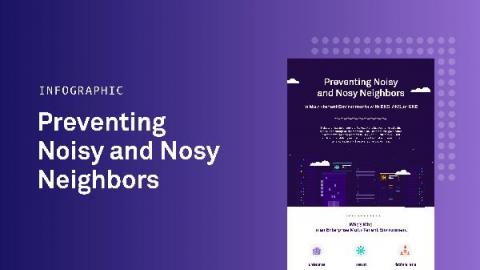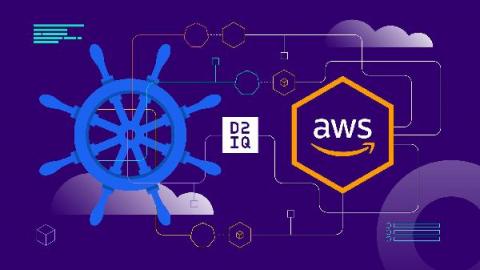Best Practices to Simplify the Management of Multi-Tenant EKS, AKS, or GKE Clusters
Without a strategy in place, it will introduce a handful of challenges. Platform teams will be unable to do the following: As you’re defining policies for multi-tenant AKS, EKS, or GKE clusters, consider these tips: To help you get started on the right track, we created this cheatsheet for multi-tenancy success.





